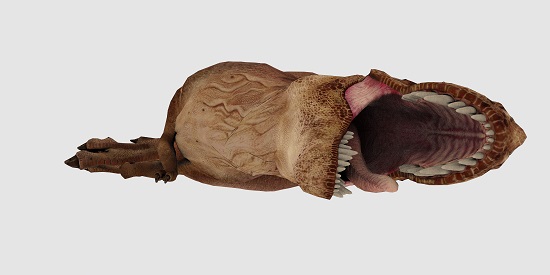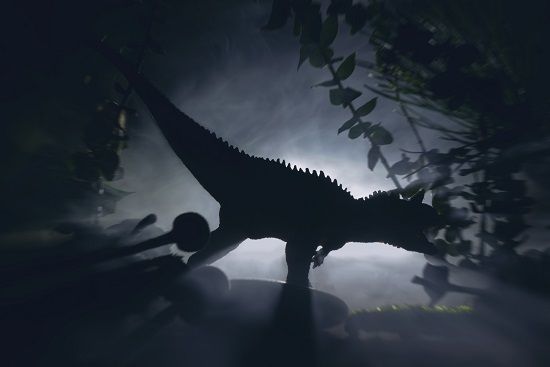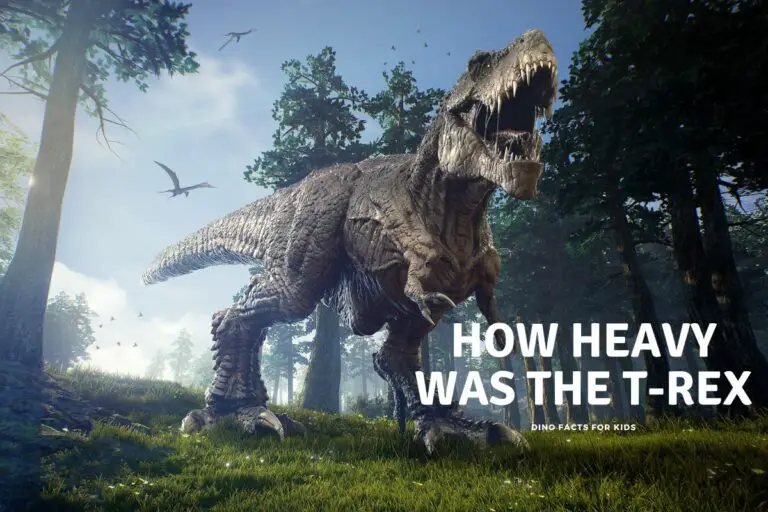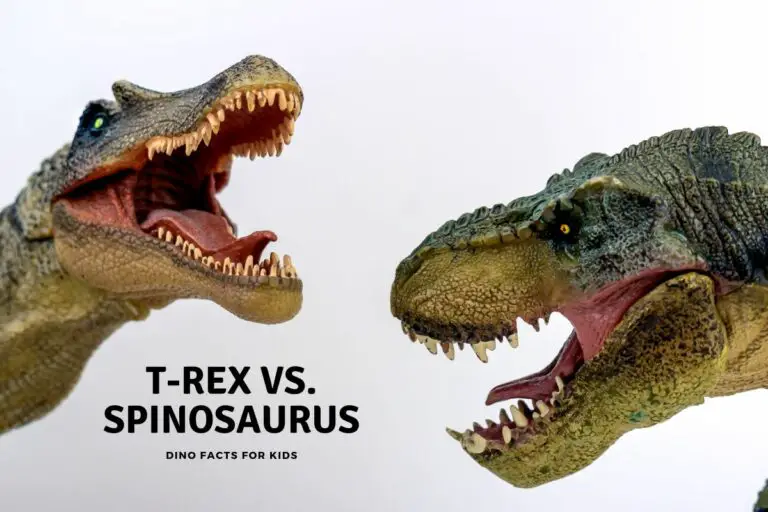How Did T-Rex Sleep?
We understand well that one of the keys to human brain development was that our distant ancestors were able to sleep soundly at night for long periods of time. This was a critical factor in what was to become homo sapiens’ superior cognitive abilities. Many animals can’t sleep soundly or for long periods because they have natural built-in fear over predators, and so it has been for millions of years.
The three theories put forward on how T-Rex slept are : 1) standing up, using its tail for balance, 2) lying down, with potential difficulties in rising again, and 3) utilizing its pubic foot for support. However, fossil records limit our understanding, and no definitive answer to how T-Rex slept is possible.
Even the dinosaurs were not immune from this necessity, with many four-legged herbivores likely sleeping standing up to allow them a faster response time to predators. But what about the predators themselves, specifically apex predators like Tyrannosaurus rex? With no fear of attack from other predators, how did these Cretaceous monsters sleep at night? Assuming that it was at night that they slept!
How Did T-Rex Sleep?
There are competing theories about how exactly T-rex slept. Some say that T-rex likely slept standing up using its tail as a natural counterbalance to stay upright. They point to the apparent difficulty that T-rex might have had if trying to lie down and then get back up again.
Others say that because it would be impossible for the T-rex to stay balanced while sleeping soundly, that it likely did lie down. Furthermore, as an apex predator, it would have little or nothing to fear from lying down to sleep. One additional theory is that T-rex slept by resting on its prominent pubic foot.
The main problem, as with most speculation on how dinosaurs lived, is that it’s quite hard to tell simply from fossil records. While the fossil record can and does tell us a great deal about dinosaurs and how they lived, it can’t tell us everything.
Theory 1: Standing Up
It seems reasonable enough to assume that Tyrannosaurus may have slept standing up as modern horses do, and indeed as many other dinosaurs like the aforementioned quadrupedal herbivores. The main objection to this theory is that there is no known bipedal species that sleeps standing upright. If you’ve ever tried to stay even sitting upright while falling asleep, you’ll know how hard it is.
Even when you factor in the tail as a counterbalance, it seems unlikely that a theropod of any size would easily fall into a deep sleep while also being able to keep that balance in place.
They would probably lurch forwards just as they were falling asleep, which would subsequently jerk them awake again. Funny as that would be to see its unlikely. we have an article on if dinosaurs slept standing up here on the site.
Theory 2: Lying Down
As we mentioned before, the theory that Tyrannosaurus would lie down to sleep does have some good reasoning behind it. In particular, the problems that are associated with a bipedal species trying to sleep standing up, as well as the fact that T-rex was an apex predator, both seem to point to the T-rex positioning itself in a more stable position in order to get a good night’s sleep.

One small issue is how the T-rex would easily get back up again. The main issue here is that even if we all agreed that T-rex could and did lie down to sleep, we can’t then be sure about what position it would use to sleep in.
Could it perhaps lower itself on its large legs so that its body was closer to the ground, thus allowing it to sleep but also stand back up again? Could it somehow rest on its tail? Did it nestle between trees or against rocks? These are all possibilities, but the fossil record can’t tell us for sure.
Theory 3: Pubic Foot
Skeletal remains of Tyrannosaurus have shown that it had a very prominent pubis, which is a large bone in its pelvis that when required could act as a third foot.
In the previous point we touched on how T-rex might lower its body or find something to rest against, and some believe that it could use this pelvis bone as a way to take pressure off its legs and rest more soundly without having to lie down or make itself prone in any way.
It’s also posited that the pubis could have been used for any kind of resting position, akin to the T-rex having a brief sit, perhaps after a long and unsuccessful chase of some prey.
There is evidence that T-rex was actually able to swim using its powerful legs and tail, so if this is true then it stands to reason that it would chase its quarry quite far and exert itself a lot in order to eat. A little sit down and a rest after such exertions would therefore be reasonable, and this pelvic bone is the ideal instrument with which to do it.

Other factors that may have affected how a T-Rex Slept.
Comparisons to modern reptiles and birds:
Examining the sleeping habits of modern reptiles and birds may give some ideas into the sleep patterns of T-Rex, given their evolutionary connection. Crocodiles, for example, sleep with their eyes closed and exhibit slow-wave sleep, while birds showcase a mix of slow-wave and REM sleep.
Some birds can even sleep while perching or standing, thanks to a locking mechanism in their legs. Investigating these mechanisms and sleep patterns in modern reptiles and birds could help us better understand how the T-Rex might have slept, considering its unique anatomy and its role as the apex predator its time.
Sleep duration:
The amount of sleep T-Rex required to maintain its energy levels remains speculative. Large predators, like lions, tend to sleep for extended periods, conserving energy for hunting. Smaller animals often sleep less, as they need to be more vigilant.
T-Rex, being an apex predator, may have needed significant rest to replenish its energy reserves for hunting and maintaining its large size. However, considering the risk of being attacked was minimal, it’s possible that T-Rex had a more flexible sleep schedule, allowing it to capitalize when hunting opportunities presented themselves
Sleep cycles and deep sleep:
Like many animals, T-Rex may have experienced different sleep stages, such as slow-wave sleep and REM sleep. Slow-wave sleep allows for physical recuperation, while REM sleep is vital for cognitive function and memory consolidation.
Given the T-Rex’s large size and energy demands, it is plausible that it needed deep, restorative sleep to maintain its physical health and cognitive abilities. However, the exact nature of its sleep cycles remains speculative due to the limitations of fossil records.
The role of environment:
The environment T-Rex inhabited could have influenced its sleeping habits. Dense forests, for example, may have provided natural cover, allowing it to sleep lying down without being easily spotted by other creatures.
Alternatively, open plains may have required the T-Rex to remain more vigilant, potentially leading to more brief resting periods or even utilizing its pubic foot to maintain a semi-upright position. The availability of food, seasonal changes, and presence of other dinosaurs in its habitat could have also played a role in shaping the T-Rex’s sleep patterns and preferences.
Could T-Rex Get Up if It Fell Over
We’ve already talked about the speculation over whether or not T-rex could easily get back up again after lying down on the ground, especially given its small arms and heavy frame. The general view, however, is that the arms were actually very useful in helping the dinosaur to balance when resting on its legs or pubis, and would also be able to touch the ground to help the dinosaur rise back to its feet.
But what if T-rex fell or tripped somehow? What if it fell on its side or broke a bone? Could it recover from this? Once again, it’s hard to know for sure, but in the absence of medical assistance, a serious break would likely leave a T-rex vulnerable to a protracted death from starvation or dehydration.
As for getting up from a trip or fall, despite what people think about T-rex and its small arms, it would most likely be able to get itself up from just about any fall position. Using its powerful legs and large tail, the T-rex would be able to position itself in such a way that it could recover and stand up once again. If it fractured or broke bones, however, then this would be a lot harder, potentially leaving the dinosaur unable to hunt prey.
Conclusion
it is pretty tough to find all the answers from fossils, about the sleeping habits of long extinct animals. We can learn from modern reptiles, birds, and other animals to make theories about how T-Rex might have slept. but we still don’t know for sure if T-Rex slept standing up, lying down, or used its pubic foot for support! I kind of like the idea of it sleeping on its back like these puppies, but its unlikely! 😛

References
- https://www.dinosaurreport.com/did-dinosaurs-sleep-at-night/
- https://dino-kidz.com/how-dinosaurs-sleep/
- https://www.sciencefocus.com/planet-earth/how-did-dinosaurs-sleep/
- https://queriesofthecuriousmind.wordpress.com/2015/02/25/how-did-tyrannosaurus-rexs-sleep/
Hi, I am Roy Ford a General Studies and English Teacher who has taught all over the world. What started as a fossil collection became a great way to teach, motivate and inspire students of all ages and all over the world about dinosaurs and from that and children’s love of dinosaurs came the site dinosaur facts for kids, a resource for all ages.






